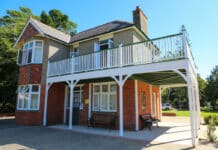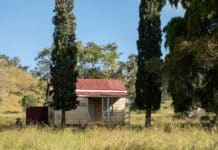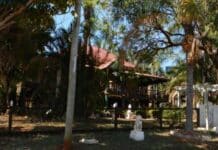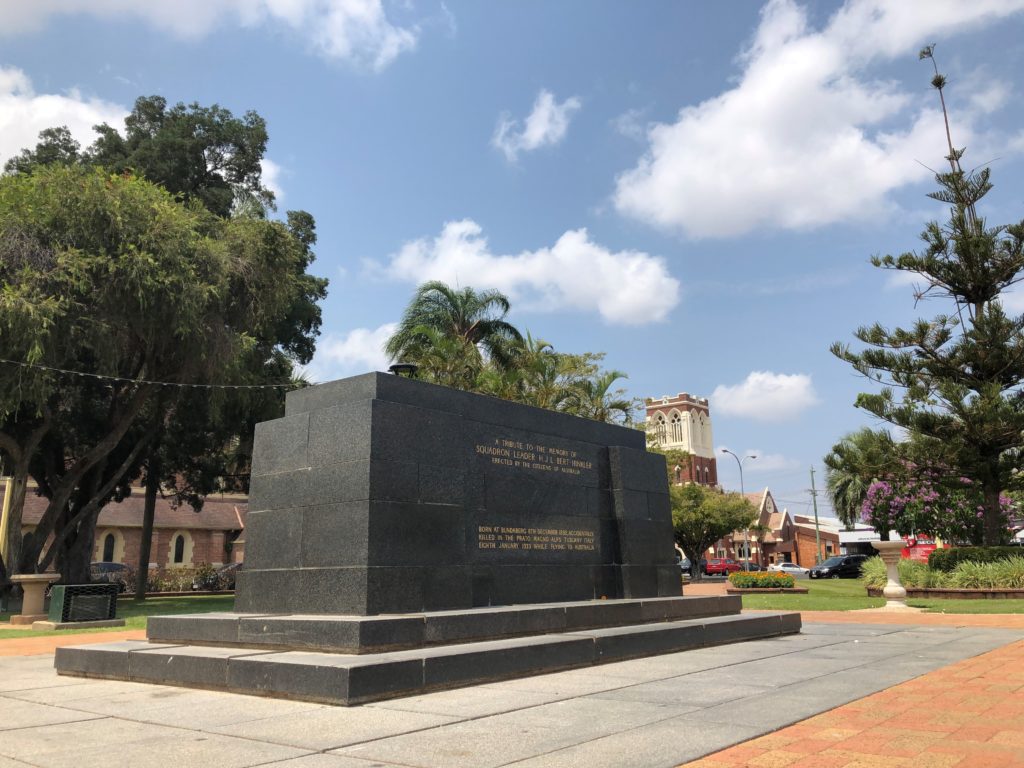
The monument to Bert Hinkler which holds pride of place in the centre of Buss Park attracted pomp and ceremony when it was officially opened just over 83 years ago.
The sleek lines of the polished marble Grecian-style altar have stood the test of time as an artwork for the ages and ultimately a lingering and fitting tribute to the deeds and the death of Bert Hinkler.
More than one impressionable primary school-aged child has accepted a claim that the Hinkler monument in Buss Park is actually Bert’s final resting place.
While those schoolyard fantasies are far from the truth, the story of the Hinkler monument in Buss Park is an interesting slice of Bundaberg’s history.
Patriotic fervour was obviously brimming in Bundaberg in the months following Hinkler’s death in 1933 and a reunion dinner meeting of Bundaberg Returned Soldiers in November 1934 resolved that Hinkler’s feats warranted a community memorial.
Hinkler had captivated the world with his aviation feats becoming the first man to fly solo from England to Australia in 1928.
He was killed while attempting another record-breaking flight in 1933.
Hinkler’s body was found on the northern slopes of Pratomagno in the Apennines between Florence and Arezzo, Italy, on 27 April.
He had survived the crash (believed to be January 7, 1933) and died outside the wreckage.
He was buried — with full military honours on the orders of Italy’s ruling dictator Benito Mussolini — in the Cimitero degli Allori in Florence.
In 1934 a public meeting was convened with then Mayor of Bundaberg, Mr B McLean elected president of the Hinkler Memorial Committee charged with delivering the monument.
An appeal for funds was widely launched with approximately one thousand pounds subscribed.
The Queensland State Government contributed half that amount. The monument was the design of Brisbane architect RP Cummings.
It is based on Grecian Temple design with the base a little over 8 metres long by about 5.8 metres wide.
The ground platform is of axed granite from which rises two flights of stairs leading to the Altar design.
All granite including the beautifully polished slabs were sourced from Gracemere quarries near Rockhampton. The material weighs around 40 tons (36.28 tonnes).
The erection of the monument was undertaken by Messrs A Armitage & Co.
His Excellency, the Governor-General of Australia Lord Gowrie, officially unveiled the memorial at a community ceremony on Thursday, July 30, 1936.
Lord and Lady Gowrie were conveyed from the local railway station accompanied by an escort of Light Horsemen.
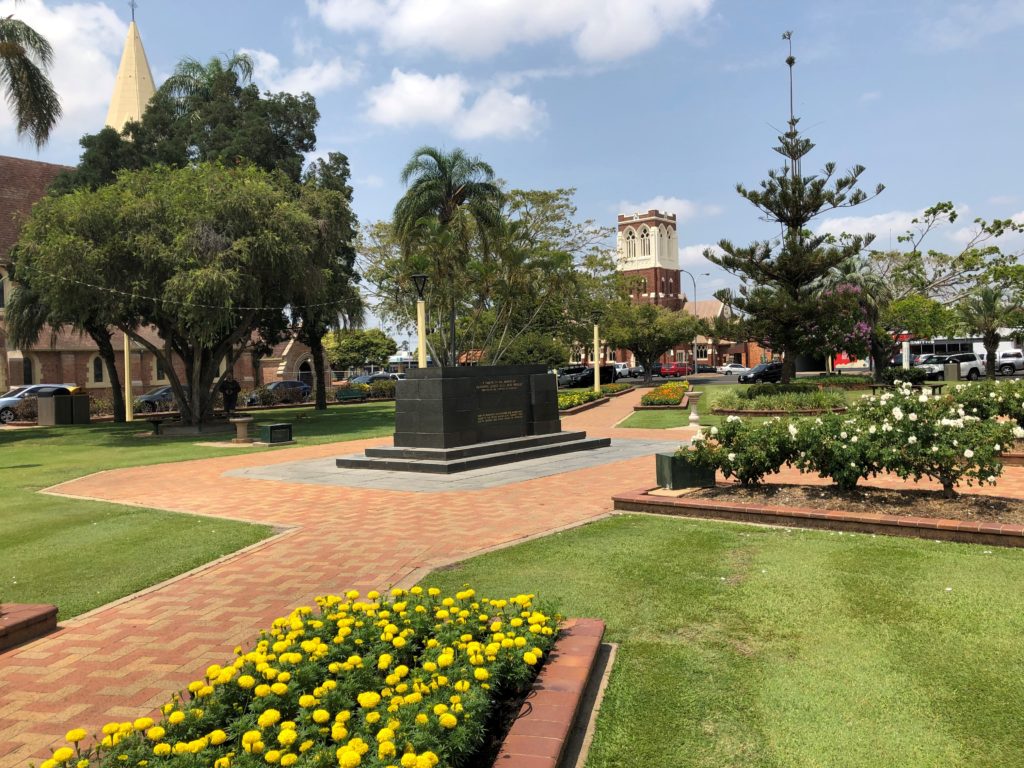
The city band struck up “God Save The Queen” as the carriage with his Lord and Ladyship arrived at Buss Park.
Lord and Lady Gowrie were greeted by the Mayor, Mr FH Buss and an official party including his fellow Councillors and a large gathering of the Hinkler family.
The Bundaberg Daily News and Mail reported that around 3000 people including numerous school children were present at the ceremony.
Lord Gowrie spoke in glowing terms of the contribution Hinkler had made to advancing the cause of civilisation through aviation.
“Hinkler’s name will go down in history among the chosen few, among the very brave, among the very true.”
Floral tributes placed at the memorial were traditional in design with the exception of a Hinkler family tribute which was fashioned in the design of Bert’s aircraft.
The overall cost of the memorial was estimated at one thousand five hundred pounds ($3000).
- Other news: Bert Hinkler: letters home from the front

